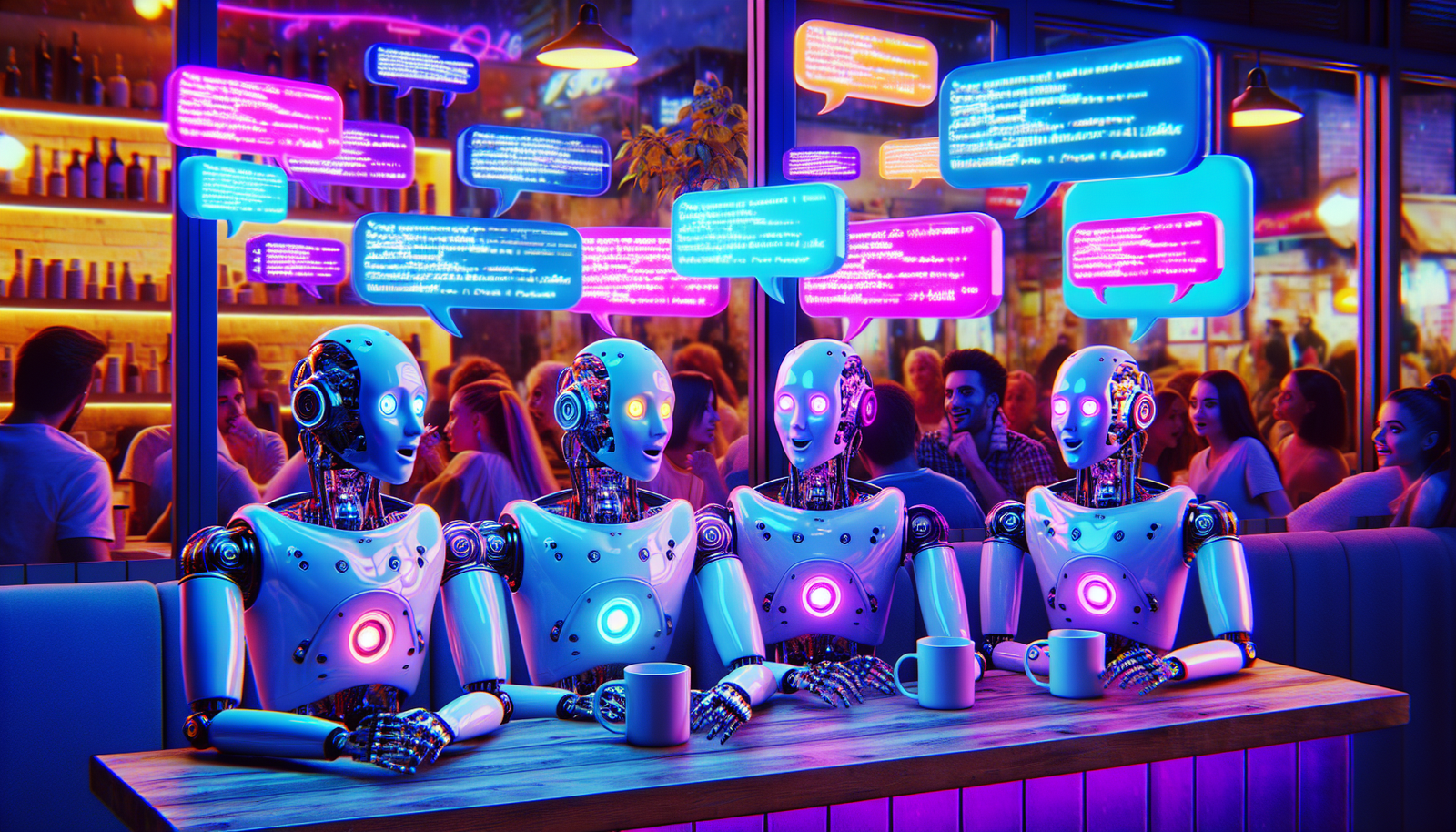Chatbots have taken a significant place in the contemporary technological landscape, but their functioning relies solely on algorithms. These automated systems mimic human conversations, but their ability to understand is limited. Approximately 70% of the inquiries submitted to chatbots on platforms such as Messenger fail due to their inability to correctly interpret the questions posed.
How Chatbots Work
Basic chatbots rely on predefined rules to detect keywords in user queries. Their response depends on a list of programmed scenarios. No capacity for adaptation or contextual learning is integrated into their design. As a result, they struggle to grasp linguistic or emotional nuances in exchanges, often leading to inappropriate responses.
Differences Between Traditional Chatbots and AI Chatbots
The distinction between traditional chatbots and those with artificial intelligence lies in their design and effectiveness. AI chatbots utilize advanced techniques, including natural language processing (NLP), which allows them to interact more realistically with users. They are capable of understanding the contexts of conversation, but their performance remains conditioned by the available training data.
Limitations of Chatbots
The capabilities of a chatbot often remain limited, even in sophisticated configurations. A poor understanding of user intentions can generate frustrating results for those expecting precise answers. Chatbots, even the most advanced ones, can struggle with nuanced or complex requests, raising questions about their utility as virtual assistants.
Use of Chatbots in Business
Many businesses leverage chatbots to improve customer service management. By serving as intermediaries for common requests, they help reduce the workload of agents. However, customer satisfaction cannot be guaranteed; 61% of companies find that despite using chatbots, human interactions often remain necessary to resolve complex issues.
Outlook and Future of Chatbots
Advancements in the field of artificial intelligence suggest a promising future for chatbots. Emerging technologies, such as machine learning, could potentially enhance their contextual understanding. Currently, the emphasis is on improving the algorithms behind language processing. The personalization of bots, as demonstrated by Amazon‘s initiative, reflects the evolution of these tools.
Ethical Questions and Implications
The development of chatbots also raises ethical questions. Discussions surrounding their use in sensitive contexts, such as job interviews, raise concerns about the impact of artificial intelligence on the human decision-making process. The issues related to machines’ engagement with ethical questions are becoming increasingly pressing.
The rapid evolution of chatbots demands constant adaptation from businesses. A wise strategic choice of the types of bots to deploy must consider user needs. The addition of learning features could thus transform these imitators into true virtual assistants in their own right.
Frequently Asked Questions About Chatbots: Intelligent Imitators Without Understanding
Do chatbots have a true understanding of language?
No, chatbots do not actually understand language like a human. They use algorithms to analyze keywords and respond based on pre-established patterns.
What is the main limitation of chatbots in customer service?
The main limitation of chatbots lies in their inability to handle complex conversations and open-ended questions. Approximately 70% of inquiries go unanswered due to a poor understanding of questions.
Can chatbots learn from their interactions with users?
Some chatbots incorporate techniques from machine learning that allow them to improve their responses over time, but this remains limited by the quality of data and algorithms used.
What distinguishes a traditional chatbot from an AI chatbot?
A traditional chatbot is limited to responses based on keywords, while an AI chatbot can analyze natural language and understand more varied and less predictable requests.
What types of businesses can benefit from using chatbots?
Businesses in all sectors, including customer service, e-commerce, and banking, can benefit from chatbots to automate simple tasks and improve response efficiency to customers.
Can chatbots completely replace human agents?
No, chatbots cannot completely replace human agents, especially for interactions requiring empathy or complex problem-solving. They are designed to optimize agents’ work by handling simple inquiries.
How does a typical interaction with a chatbot unfold?
A typical interaction begins with the user posing a question, followed by the chatbot analyzing the request and providing a response based on a database or a set of predefined rules.
What future developments are expected for chatbots?
Future developments for chatbots include advancements in natural language understanding, emotional intelligence, and improvements in user interface for smoother and more human-like interactions.
How can businesses measure the effectiveness of their chatbot?
Businesses can measure the effectiveness of their chatbot by analyzing metrics such as user satisfaction rates, the number of queries handled without human intervention, and response speed.






